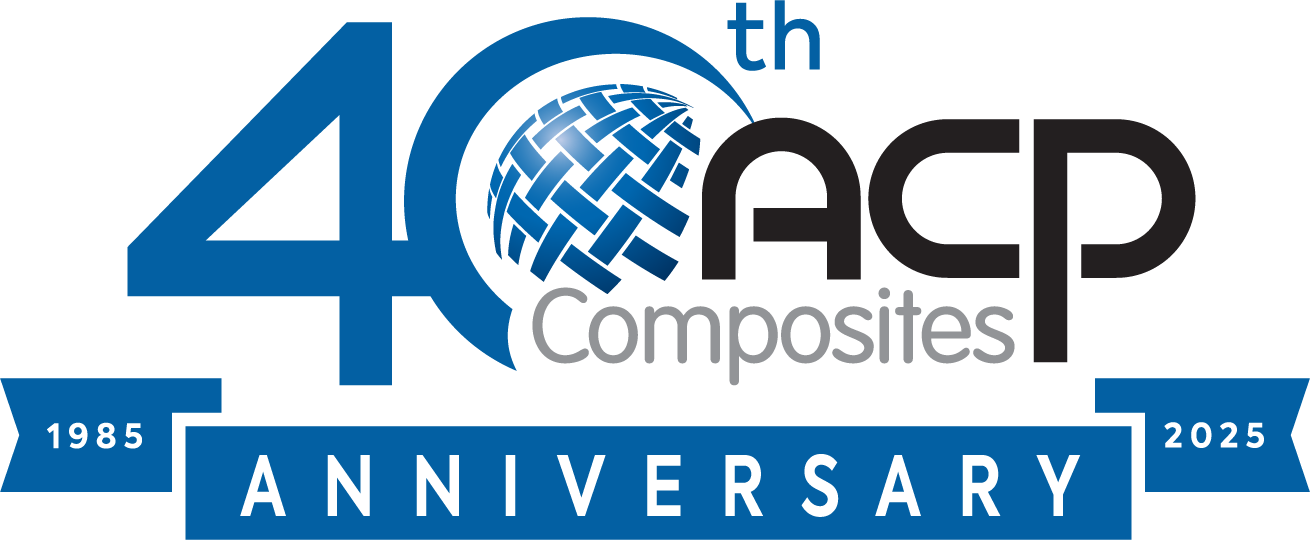I am almost ready to go with my new ASW 20. I am going pure glider so I have to glue some weight in the nose. Has anyone else added weight this way? Did you just epoxy in the nose area? Also I'm still waiting for the tow release servo.
Announcement
Collapse
No announcement yet.
Hangar 9 ASW-20
Collapse
X
-
There are a number of ways to do this...one issue with a large quantity of epoxy is that it gets hot as it cures. If you just mix it up with the lead shot and pour it into the nose it can get hot enough to distort the fiberglass fuselage.Originally posted by GliderGuyz View PostI am almost ready to go with my new ASW 20. I am going pure glider so I have to glue some weight in the nose. Has anyone else added weight this way? Did you just epoxy in the nose area?
How we did ours:
First, using heavy aluminum foil, we pre-formed the foil into a cone shoe and then pushed the foil tightly into place inside the nose cavity.
The sailplane was placed on the balance stand with a small plastic cup suspended under the nose of the sailplane.
Lead shot was added to the cup until the sailplane balanced.
The lead shot was weighed, it took 28 oz. to balance our model which was built as a pure sailplane.
Four onces of the shot was removed from the cup and set aside.
The foil "cone" was removed from the nose and placed until a holder with the nose down (as though the sailplane was sitting nose down).
About two onces of slow set epoxy was mixed and then poured into the cup of lead shot and then throughly mixed into the shot.
This was then poured into the aluminum cone and allowed to cure overnight.
The next day, the foil cone was test fitted into the nose of the sailplane and it "keyed" right into place!
Clear silicon glue (bathtub sealer type glue) was liberally applied to the cone and then it was dropped into the nose and pressed snugly into place. A bead of silicon glue was added around the perimeter of the cone to lock it into place. The sailplane was secured in a nose down position overnight to let the silicon glue cure.
The sailplane was placed back onto the balance stand and one once was needed to achieve perfect balance, so the silicon glue was about one once. We used four 1/4 oz segmented lead weight and screwed it to the plywood former in the nose. This allows for the weight to be removed if flight proves too nose heavy.A Site for Soar Eyes
Comment
-
It looks to be plenty strong for the job. I am putting mine together hoping to have it ready for Cumberland.
For stepping down voltages would it be possible to insert an appropriate resistor on the servo power line? I would think that a servo driving the retract and ones for spoilers won't be operating that much so heat buildup shouldn't be an issue, right?
Comment
-
The Spektrum voltage regulator is just the ticket for stepping down a servo or two like retract... https://www.spektrumrc.com/Products/...odID=SPMVR5203Originally posted by ARUP View PostFor stepping down voltages would it be possible to insert an appropriate resistor on the servo power line? I would think that a servo driving the retract and ones for spoilers won't be operating that much so heat buildup shouldn't be an issue, right?Team PowerBox Systems Americas... If flying were the language of men, soaring would be its poetry.
Comment
-
-
60 lb coated leader line from a fishing shop is better, stronger, and way less expensive than any model related pull pull cable, or thats what they buy and cut it up and quadruple the price. They also have crimp sleeves by the 100 pack.Originally posted by GliderGuyz View PostI am curious about the pull-pull cable included and if people are using that or are you going to a stronger one like Sullivan #S520 (Tower Hobbies) ?
Also, Aztec Aeromodels has some VERY SLICK pull pull tensioners from Secraft that make pull pull installation much less painful than crimping.
Comment
-
I saw those pull pull dohickys at the Horizon Aerotow. Very cool. I've gotta get some of those!!!!Originally posted by AGriffith View Post
Also, Aztec Aeromodels has some VERY SLICK pull pull tensioners from Secraft that make pull pull installation much less painful than crimping.
http://www.aztechaeromodels.com/inde...product_id=112Len Buffinton
Team Horizon Hobby
Comment
-
I'm a huge fan of KevCord from Aerospace Composite Products. Has never failed me and is outfitted with the pieces / parts for RC applications.
Team PowerBox Systems Americas... If flying were the language of men, soaring would be its poetry.
Comment
-
I used a HiTec HS-7956SHR Rudder Servo in my 1/2 scale KA6. It came with Seacraft Hardware for the Pull Pull set up! Excellent engineering and quality!Originally posted by AGriffith View PostAlso, Aztec Aeromodels has some VERY SLICK pull pull tensioners from Secraft that make pull pull installation much less painful than crimping.
http://www.aztechaeromodels.com/inde...product_id=112
Comment




Comment